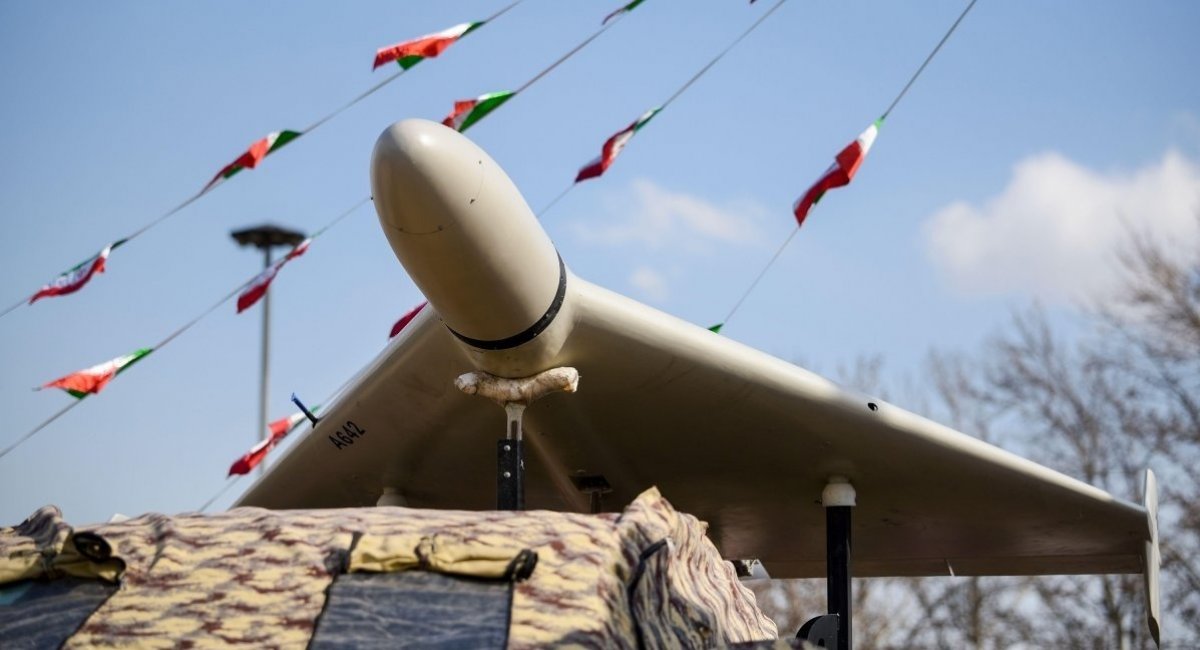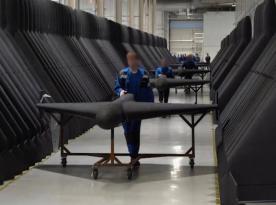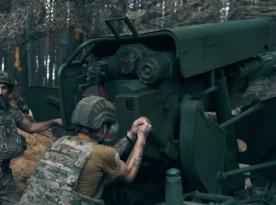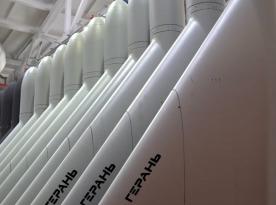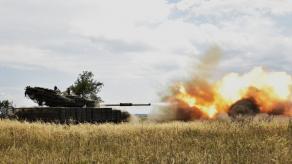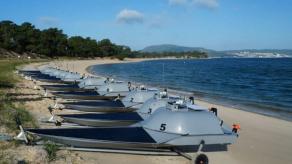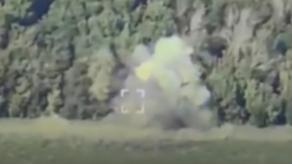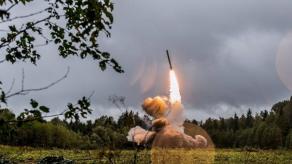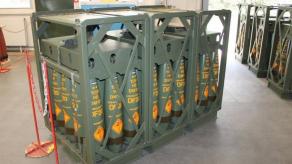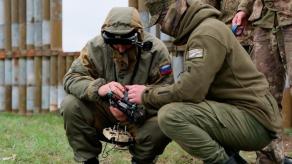Multiple media in Ukraine have shared the news of JSC Ukrainian Defense Industry (UDI) allegedly starting production of an analog to the Shahed-136 suicide drone, and even some Western media passed the statement on, referring to an interview with Herman Smetanin, head of UDI.
Actually, during the said interview, Smetanin was talking with Ukrainska Pravda about a completely different thing. When directly questioned regarding the progress on the drone with an attack range of 1,000 km, he assured that it is already manufactured "in cooperation with foreign partners," ordered and successfully used by Ukrainian Defense Forces.
Read more: Ukrainian Defense Industry State Company Admits There is No Serial Drone Production: The Problem is Systematic
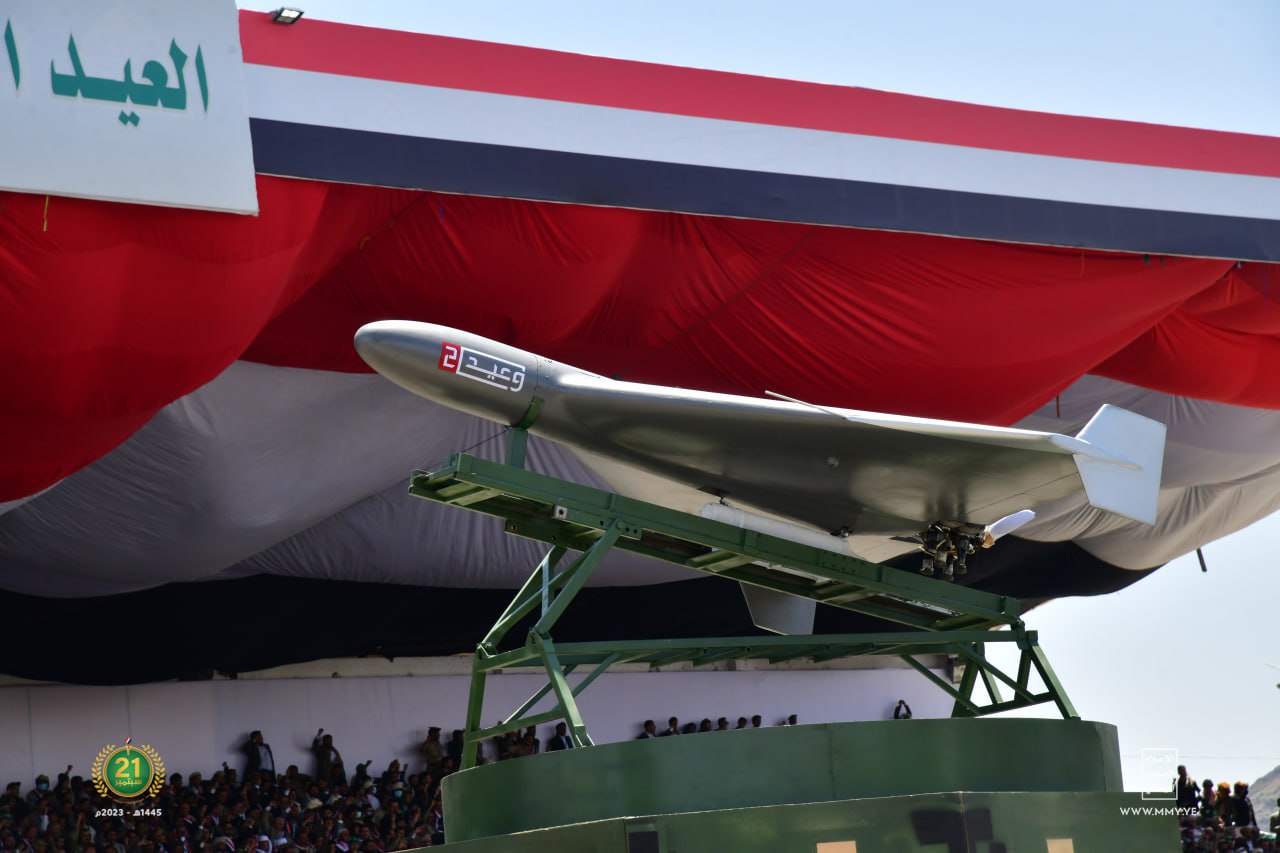
Then, a follow-up question from the journalist, whether it is an analog to the iranian Shahed-type loitering munition, he specified:
"There are many state-owned and private manufacturers in Ukraine. We have a Shahed analog, and there are also more powerful models because Shaheds do not fly that far. We focused on the production of more complex and expensive projects with high performance," UDI chief said.
Importantly, it is the second part that means the most, as it was the direct answer to the question, and it sheds light on the Ukrainian development that has been for so long shrouded in controversy.
Let's leave for now the fact that Shahed-136 is capable enough to fly as far as 1,000 km, since it was used for the attack on the Lviv region on September 19th. According to the official notice from the Ukrainian Air Force, it was launched from Primorsko-Akhtarsk in russia, that is, 1,120 km away from Lviv in a straight line, not to mention Shahed-136 flight routes are never straight on target. Meanwhile iran states their drone can reach 2,500 km (although the real performance might be less than declared).
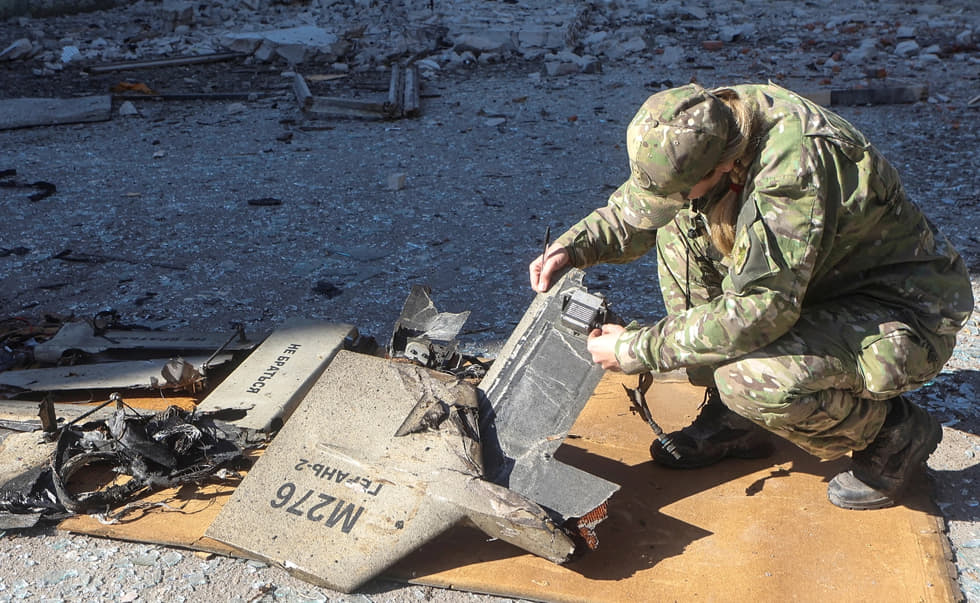
The key issue, anyway, is not the range or the warhead weight but the concept itself. In November 2022, Oleh Boldyriev project manager at UDI (back then known as Ukroboronprom), claimed that this project aimed to create a "multifunctional platform" which could be either a kamikaze drone or a reconnaissance aerial vehicle. These two roles were conceptually incompatible because a suicide drone is a single-use expendable munition, while a recon UAV must be reusable and reliable over a long period.
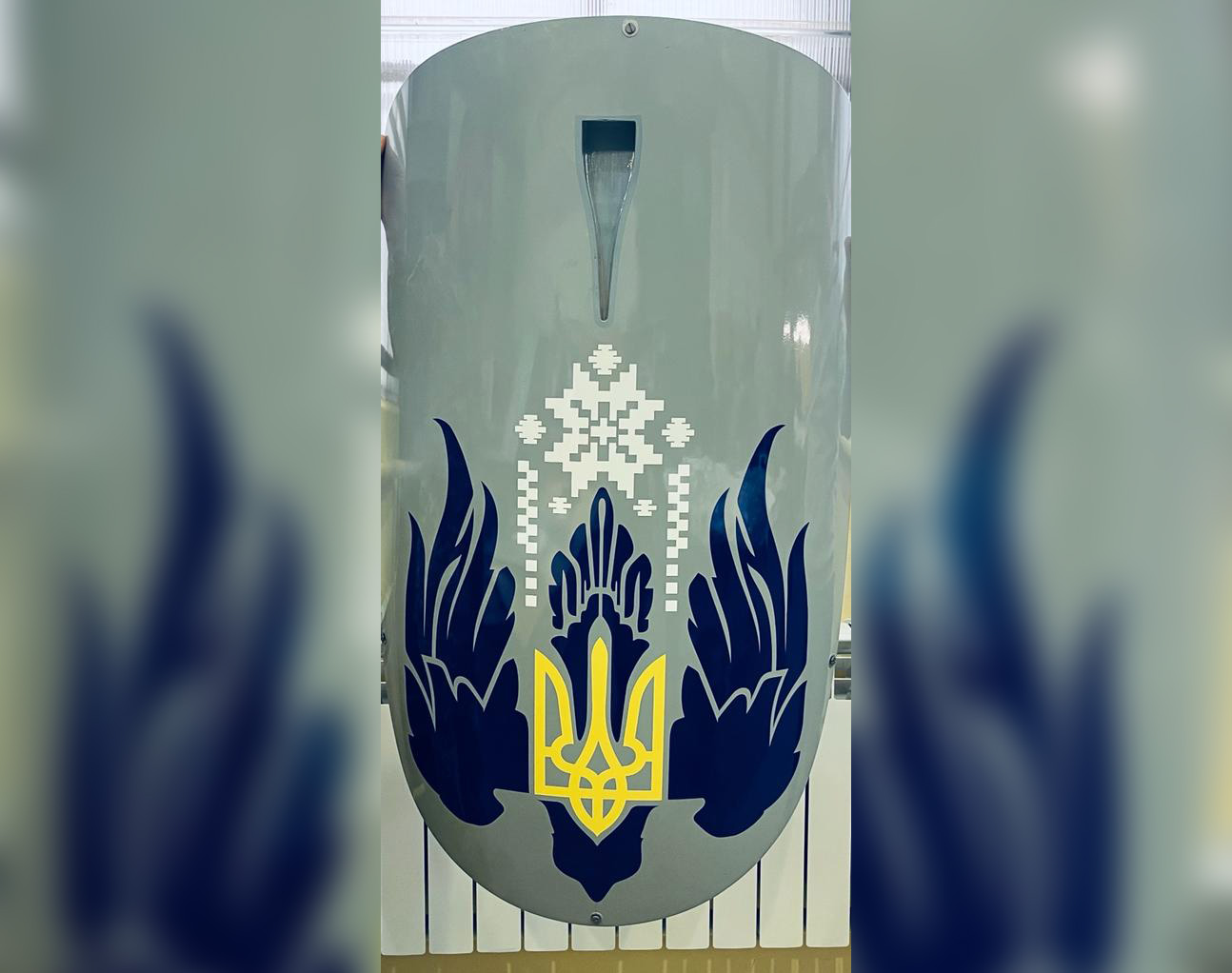
Loitering munition has the only purpose in its "life" — to perform a single flight and hit the target, whereas a scout drone has to withstand hundreds or thousands of hours in the air, takeoffs, and landings. This calls for completely polar requirements. The main advantage of an expendable loitering munition is that it's cheap to produce in large quantities. That is why russia can receive hundreds of Shaheds and spend over 500 of them each month.
Thus UDI has no interest in developing a similar product in its laboratories, instead prioritizing "more complex and expensive projects." Smetanin simply does not rule out that some Ukrainian private defense companies might have an interest in such a pursuit. It either does not rule out that a "more complex and expensive" drone would be 10 times more costly yet 100 times more effective than Shahed-136.
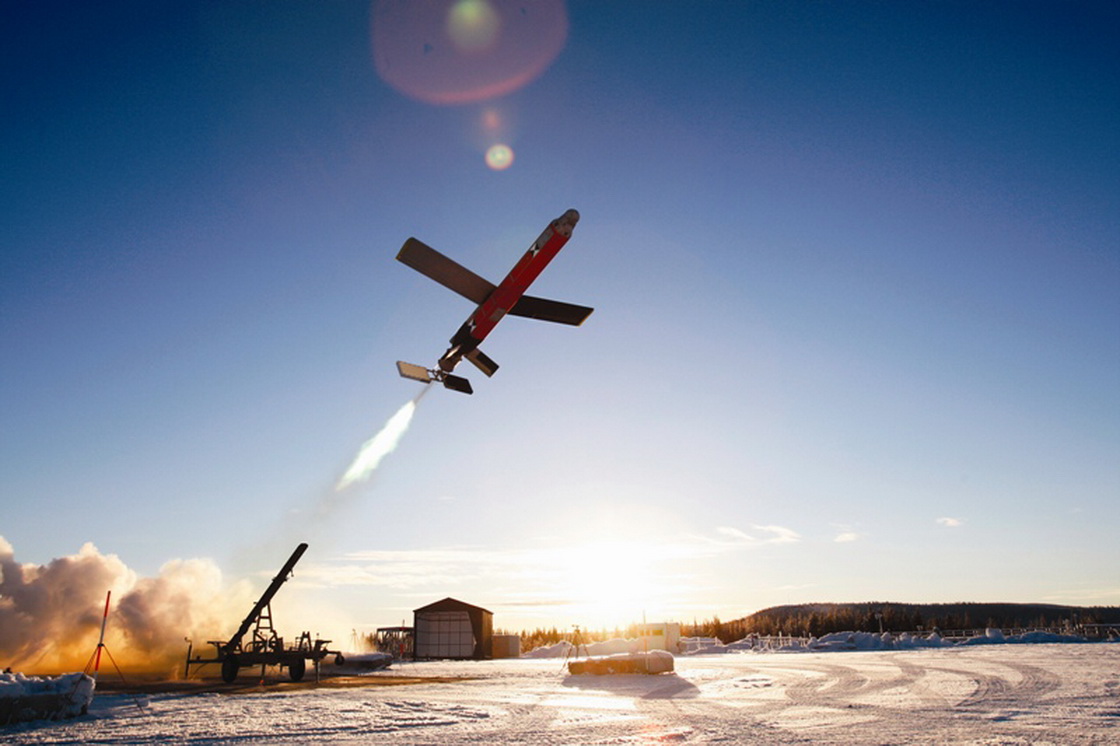
Side note, he also brought up good news about FPV drone production. Smetanin said that UDI chose the path of licensed production of already developed products offered by private manufacturers, the assembly taking place at the workshops of the state enterprise.
"We have people and premises, the components are delivered to us and we produce. We help scale up developments to everyone who turns to us," the head of UDI said.
This is an absolutely correct approach in the conditions of war because time is not wasted on creating your own-brand FPV drone, which is still mostly assembled from imported components, but used wisely to expand production of already existing and combat-proven UAVs.
Read more: In russia, Rare M-55 Geophysica High-altitude Aircraft Was Deconserved and Equiped with ELINT Container From Su-34 Fighter-Bomber




